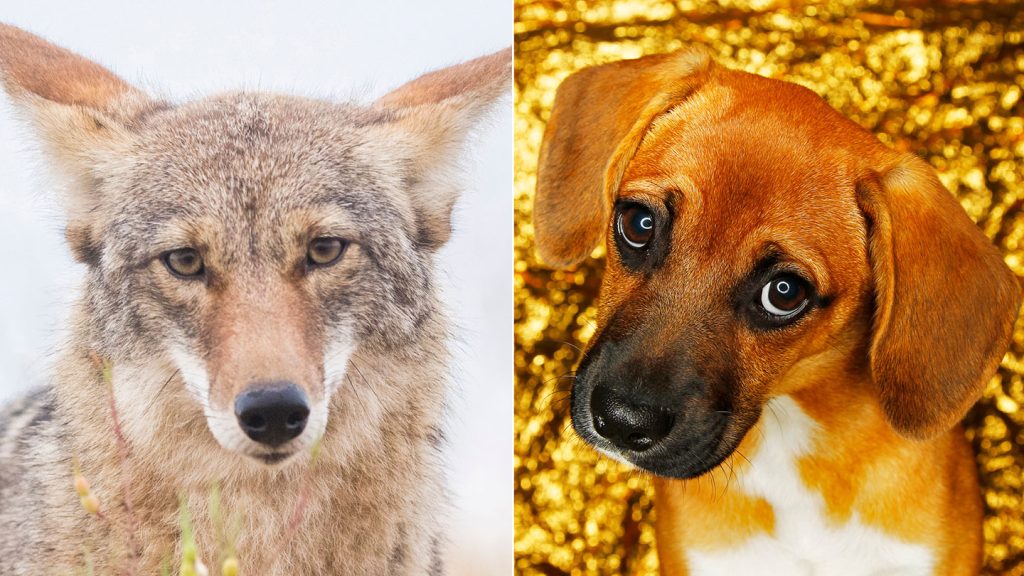Recent research has found that coyotes possess facial muscles that are capable of creating the big-eyed, sad-puppy look that dogs often use to manipulate human emotions. This discovery challenges the common belief that dogs developed this trait solely to please humans. Biologist Patrick Cunningham and his team at Baylor University examined the LAOM muscle in coyote cadavers from Texas and found that it could produce the same effect as the puppy-eye expression.
Further research by another team in 2024 discovered similar puppy-eye muscles in coyotes from Pennsylvania and Oregon, suggesting that this trait is not unique to a particular population. The comparative biologist leading the research describes the effect of these muscles as “making them look cute”, similar to how humans create a wistful expression. The presence of these muscles in related species like African wild dogs and coyotes challenges the idea that this trait evolved specifically for human interaction during canine domestication.
Since 2019, scientists have been discussing how the evolution of the puppy-eye expression was linked to the domestication of dogs. While wolves, the domestic dogs’ closest relatives, lack these muscles, other wild canine species like African wild dogs and now coyotes have been found to possess them. The role of these muscles in the behavior of coyotes remains unknown, but the discovery has shifted the conversation around the evolution of this trait, suggesting it may be an ancestral characteristic rather than a product of the dog-human relationship.
The expressive face muscles of coyotes that generate the puppy-eye look could potentially influence human perceptions of these animals and their behavior in the wild. The ability of coyotes to elicit a cute and endearing expression may garner more sympathy and understanding from humans, potentially impacting conservation efforts. Understanding the evolutionary origins of this trait in coyotes and other wild canine species could provide insights into their social dynamics and communication methods.
The presence of puppy-eye muscles in coyotes challenges the idea of dogs developing this trait specifically to appeal to humans. This discovery highlights the complex nature of animal behavior and the interconnected evolutionary history of different species. Further research into the function and significance of these facial muscles in coyotes and other wild canines could provide valuable information on their social behavior and interactions with humans. Ultimately, understanding the role of these muscles in coyotes could have broader implications for conservation strategies and human-animal relationships.


